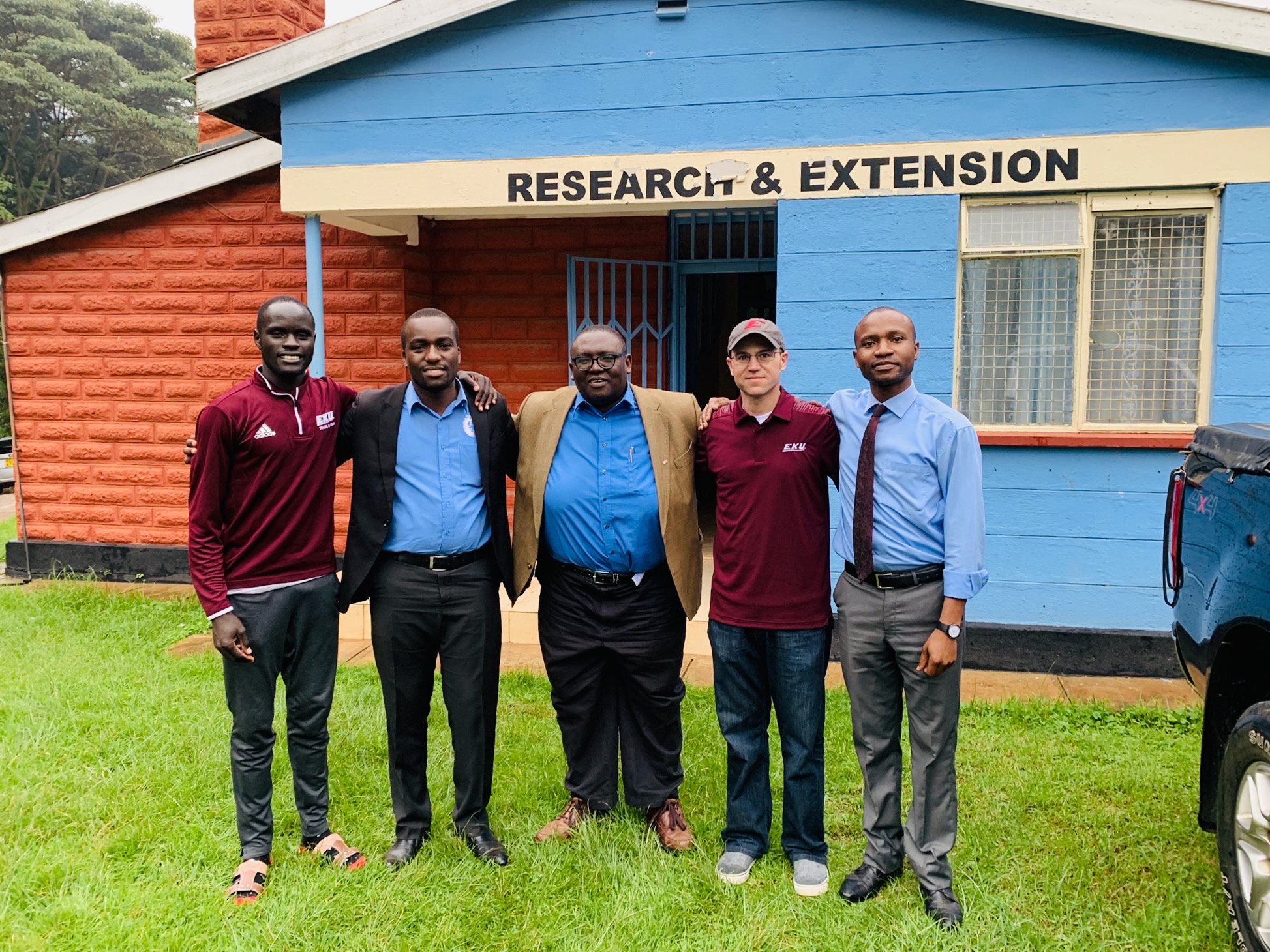
SOCIAL MARKETING AND ENTREPRENEURSHIP CERTIFICATE
The Importance of Sustainable Development In Eye Care
“Sustainability” has become somewhat of a buzzword in the last few years, but don’t let the fact that it has been overused detract from the value of the idea it represents. Sustainability is critical, especially in the healthcare setting. Many of Unite for Sight’s partner clinics are the only providers of eye care for a very large geographical area. The population of the area may rely on that one clinic to help them meet all of their eye care needs. Therefore, it is crucial that eye clinics retain their ability to operate autonomously through a sustainable business model.
Clinics are businesses that contribute to economic growth and job creation while providing health services. In addition to providing charitable care, local clinics must utilize market-driven approaches to achieve long-term success. A clinic should operate as a business in a competitive marketplace, because relying solely on charitable contributions and grants will not facilitate sustainability. Mumhammed Yunus, 2006 Nobel Laureate, states, "When we want to help the poor, we usually offer them charity. Most often we use charity to avoid recognizing the problem and finding a solution for it... Charity is no solution to poverty. Charity only perpetuates poverty by taking the initiative away from the poor. Charity allows us to go ahead with our own lives without worrying about those of the poor. It appeases our consciences."(1)
Health clinics must maximize returns to benefit their communities. It is important for those involved in global health to recognize the importance of sustainability and to provide clinics with the resources, skills, and training necessary to ensure that the clinic can operate without grant funding or charitable contributions. If a clinic relies solely on outside funding in order to operate, the work that they do may not be as efficient or cost-effective. Eye clinics, for example, are expensive businesses, requiring extensive medical equipment and supplies, skilled staff, and general fixed operating costs, such as building expenses and maintenance. According to an article by two ophthalmologists in the Journal of Community Eye Health, “cost containment” is a strategy that is best effected by private clinics and absolutely crucial to combating the rising cost of providing care.(2)
The non-charitable side of an eye clinic’s operations can be of great benefit to a community in need. As the U.N. Commission on the Private Sector and Development wrote in its 2004 report to the Secretary-General, “Put simply, an innovative private sector can find ways to deliver low-cost (even sophisticated) goods and services to demanding consumers across all income ranges. It can sell to the urban distressed area as well as to the poor rural village or town. It can develop distribution links to the consumer in the village and so be better able to harness knowledge about the actual needs of this segment of the market….The private sector can thus alleviate poverty by contributing to economic growth, empowering poor people by providing them with services and consumer products, increasing choices and reducing prices. The first creates employment and income growth. The second improves the quality of life for the poor.”(3)
While it is obviously very important for clinics to have a sustainable business model (they are private businesses which are meant to be economically functional), most eye clinics in the developing world do not have the financial or human capital to provide eye care to non-paying patients in rural villages and refugee camps. Unite for Sight helps existing eye clinics develop outreach infrastructure so that free care can be provided to patients living in extreme poverty. Meanwhile, the clinic’s private business continues as an enterprise independent of the Unite For Sight-supported outreach programs. This strong base of independence and sustainability indicates good business practices. For these reasons, Unite for Sight partners exclusively with existing, sustainable eye clinics that continue to provide care to paying patients.
Footnotes
(1) Yunus, M. Banker to the Poor: Micro-lending and the battle against world poverty. New York: Public Affairs, 1999: 237.
(2) Thulsiraj, R.D. and Sivakumar, A.K. (2001) “Cost Containment in Eye Care” Journal of Community Eye Health, 14 (37): 4-6. http://www.pubmedcentral.nih.gov/articlerender.fcgi?artid=1705911.
(3) Martin, Paul et. al. “Unleashing Entrepreneurship: Making Business Work for the Poor” Report to the Secretary General of the United Nations, 2004. http://www.undp.org/cpsd/documents/report/english/fullreport.pdf.
